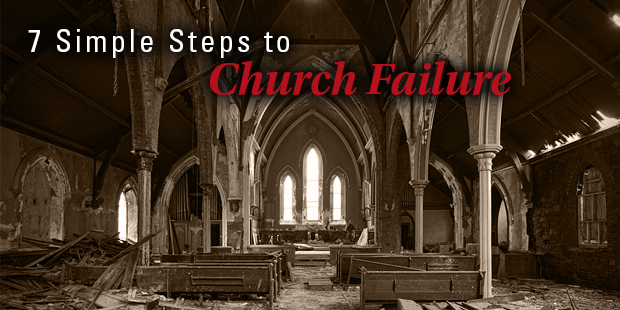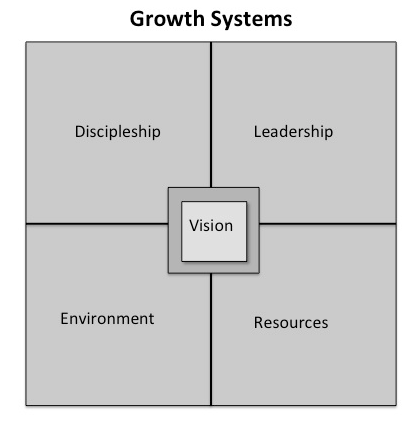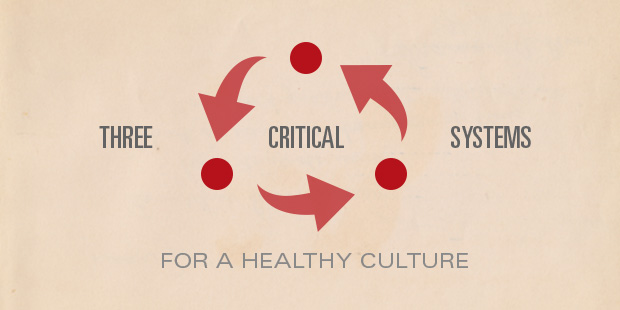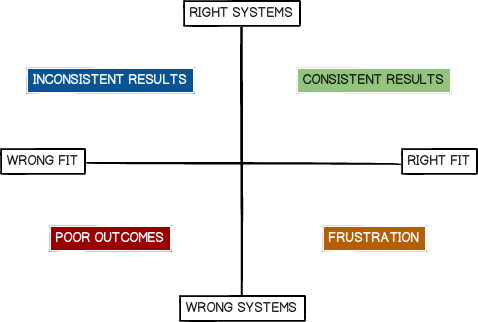
The Shape of Your Influence – Part 2
The great (and true) quote that “we shape our buildings and our buildings shape us” is credited to Winston Churchill. Other less insightful quotes are credited to him on the Internet as well, but this quote is really good because it is so true. As I shared in this post, leaders form their organizations by forming the values, mission, strategy, measures and leadership development approaches of those organizations. Today I want to offer five more things leaders can shape that in turn shape the organizations they lead. Here is part two of ten things leaders shape that in turn shape the organizations they lead.
- Values
- Mission
- Strategy
- Measures
- Leadership development
6. Buildings
Kenton Beshore, my predecessor and genius friend, walked me to the center of Mariners church campus one day, a spot right outside our worship center. He said, “Tell me what you see and don’t see.” After I stood there unsure of what to say for a few seconds, he said, “you can see every entrance to every building but you cannot see a car in the parking lot. The facility was designed to keep you here. When you leave a worship service you do not see your car or a parking lot. We wanted that so that it would help you stay and connect with others.” The facility choices at Mariners have formed the culture I enjoy, as people really do stay and connect with one another.
7. Moments
There are moments in a ministry or organization that form the culture. Moments where there is clarity of belief or direction. Moments where memories are made. Moments where people are invited to internalize and commit to what is most important. Moments of honest dialogue with leaders. Wise leaders steward these moments well and don’t rush through them.
8. Structures
How an organization or ministry is structured is no small matter. The structure declares who will collaborate together and who will just politely nod at one another in the hallway. The structure impacts who is ultimately accountable, how communication occurs, and what priorities receive the most attention. Leaders shape the organizational structure and the organizational structure shapes them.
9. Systems
Andy Stanley once said, “Systems create culture.” A system has a powerful impact on shaping the culture because it operationalizes an important value. For example, if there is an effective system for recruiting and training leaders, the system helps create a culture of leadership development. We cultivate the cultures of our organization by the systems we create and communicate.
10. Policies
Because policies impact behavior, they impact how people in an organization relate to one another. By policies I do not mean the “rules’ in writing that no one takes seriously or have not been updated in years, but the standards that really matter (by the way, these should be the actual policies too). Leaders have the ability to set and shape these standards as they definitely shape the culture. Sometimes the policies conflict with the vision of the team, and when this occurs the policy must be changed as quickly as possible. A common example I noticed when I consulted churches was a church leader who would articulate a desire to develop future staff and hire from within the church, yet a policy that stated all staff must have a specific degree. The vision and the policy were at odds and the policy actually impacted the behavior, in most cases, more than the vision did.
We shape our buildings, moments, structures, systems, and policies, and they in turn shape us. So shape wisely, leaders, shape wisely.

Tags: Building, Eric Geiger, Structure, Systems, Things that shape us, policies


























